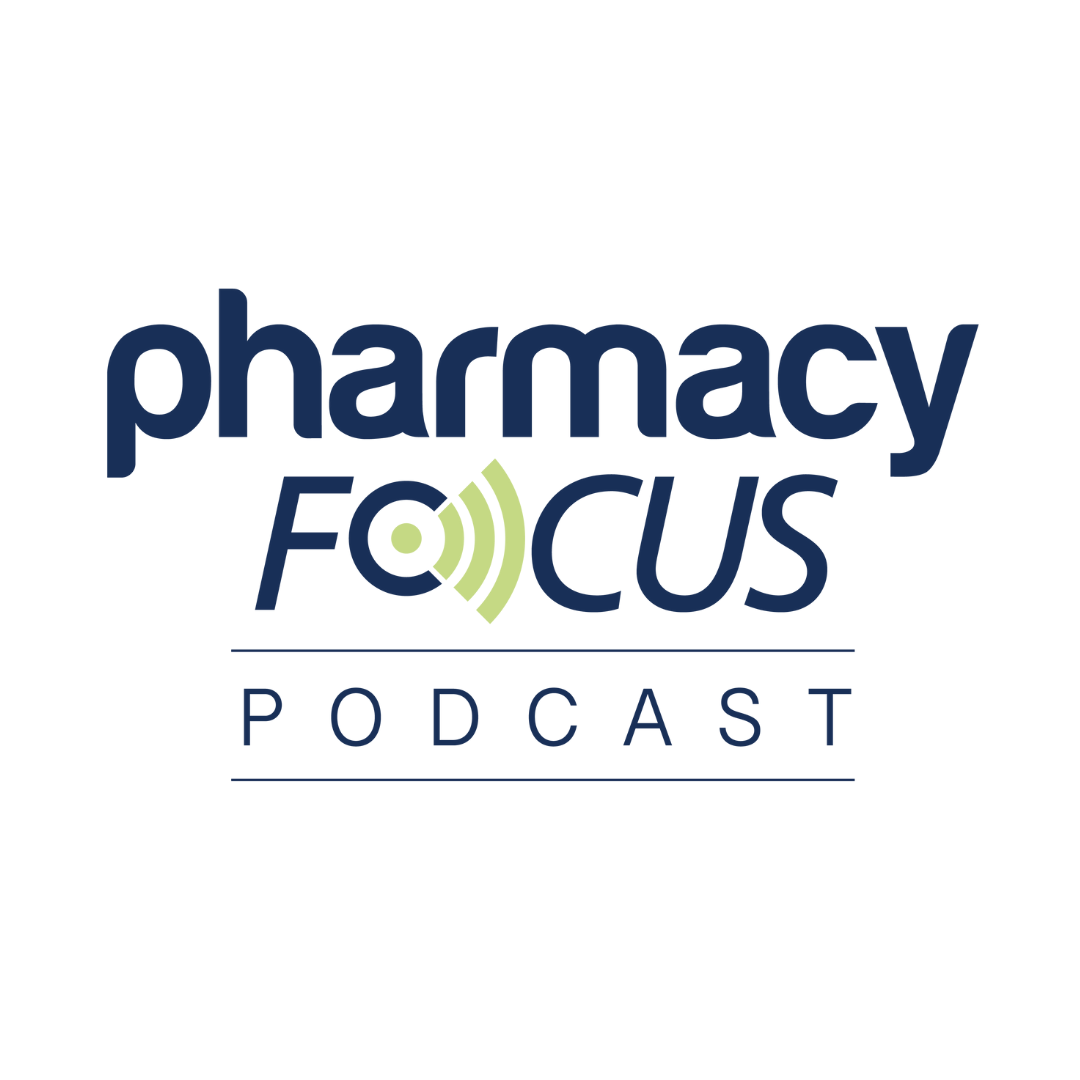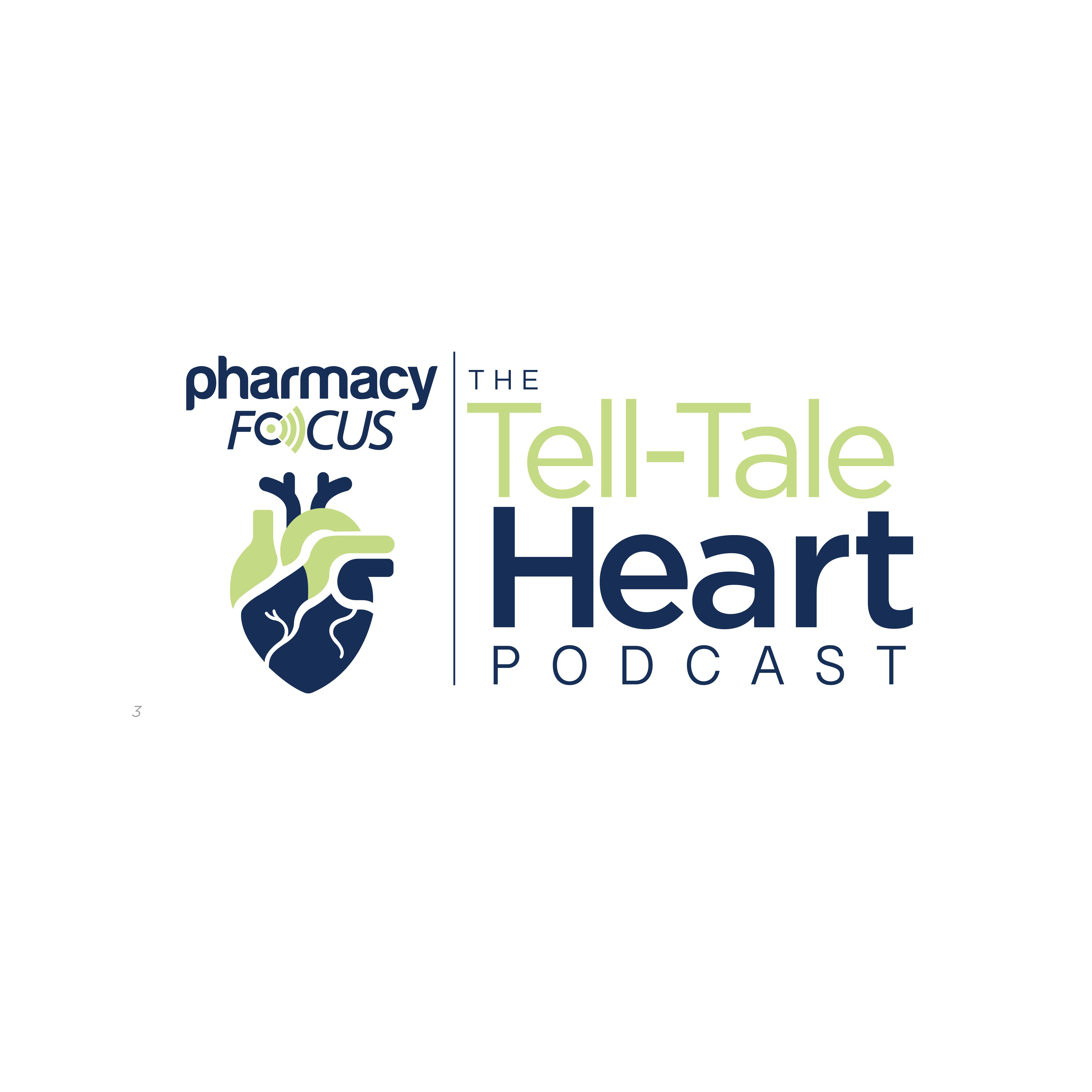Spring is an exciting time for Doctor of Pharmacy (PharmD) graduates, with hooding and commencement celebrations across the United States at our 143 academic pharmacy programs (soon to be 141). To that end, I wish all PharmD graduates in the Class of 2025 success in their career plans, goals, and aspirations. For many, this will include the pursuit of postgraduate training in residencies or fellowships. These graduates have put countless hours into this process, with the intention of securing a postgraduate position that will create a strong foundation for their career journeys.
Historically, we have discussed 3 predominant post-graduation paths for student pharmacists: direct-to-career, postgraduate training, and graduate studies, with the first 2 being the most common of interest. Those who select the direct-to-career path help to impact the workforce challenges of our profession soon after graduation. All graduates should be ready for this, as our present Accreditation Council for Pharmacy Education Standards explicitly states: "Ensure that graduating students are ‘practice-ready’ and ‘team-ready,’ that is, prepared to directly contribute to patient care working in collaboration with other health care providers."1
The downward trend in US PharmD graduates continues, as does the reduction in those taking the North American Pharmacist Licensure Examination (NAPLEX). Thus, the reduced number of newly licensed pharmacists versus PharmD graduates:2
- In 2018, there were 14,905 PharmD graduates and 14,103 taking the NAPLEX for the first time.
- In 2023, there were 12,639 PharmD graduates and 12,229 taking the NAPLEX for the first time.
- In 2024, there were an estimated 12,000 PharmD graduates and 10,466 taking the NAPLEX for the first time.
The number of PharmD graduates will likely dip below 10,000 in the next 5 years (a reduction of 33% from 2018). To add context, in the next year or 2, the number of physician assistant graduates will surpass 11,000 and likely eclipse PharmD graduates.3,4
Now more than ever, we need additional PharmD graduates in the direct-to-career route. Some will assume roles in hospitals and health systems, long-term care, telehealth models, and other roles. Yet, many graduates will enter our community pharmacies—or, as I refer to them, primary care pharmacy practices. These new PharmD graduates could be an answer to our primary care shortage in the US.
We need to recognize that community-located pharmacists are, indeed, assuming roles as primary care pharmacists. Primary care is a model of health care that supports first-contact, accessible, continuous, comprehensive, and coordinated person-focused care. In this model, the provider is typically the first contact and principal point of continuing care for patients and coordinates any ongoing care.5
Our Community-Located Pharmacies Exemplify This.
I am not the first to suggest this and impart the words of a Wisconsin family medicine physician, John W. Beasley, MD, from 45 years ago in his paper “The Clinical Community Pharmacist — A Proposal”: “[Community pharmacists] are providing a significant amount of primary care service to patients, especially when there are access barriers to physicians, and this service is more significant for those pharmacists in communities. To ignore this existing primary care role would be a disservice to the future of pharmacy and to those segments of the population needing greater access to health care services.”6
About the Author
George E. MacKinnon III, PhD, DMSc (Hon), MS, RPh, FASHP, FNAP, is founding dean of the Medical College of Wisconsin School of Pharmacy in Wauwatosa. He is a professor of pharmacy and family medicine and is chair of the Council of Deans for the American Association of Colleges of Pharmacy (AACP).
We should begin to refer to these pharmacists in direct-to-career paths accordingly as “primary care pharmacists.” Given the downward trajectory in PharmD graduates, it is time that we—in both the profession and academy—begin to celebrate all PharmD graduates' career choices (ie, direct-to-career and primary care pharmacists) just as we have those selecting postgraduate training. Remember: words matter to all our stakeholders. At the Medical College of Wisconsin School of Pharmacy, we recognize direct-to-career paths in our formal university commencement booklet as well as in social media postings.
In closing, remember to congratulate all PharmD graduates on their postgraduate placements and their direct-to-career paths! Society needs each and every one of them, now and into the future.
REFERENCES
1. Accreditation Council for Pharmacy Education. Accreditation Standards and Key Elements for the Professional Program in Pharmacy Leading to the Doctor of Pharmacy Degree. July 1, 2024. Accessed June 6, 2025. https://www.acpe-accredit.org/pdf/ACPEStandards2025.pdf
2. North American Pharmacist Licensure Examination Passing Rates for 2022-2024 Graduates. National Association of Boards of Pharmacy. January 21, 2025. Accessed June 6, 2025. https://nabp.pharmacy/wp-content/uploads/NAPLEX-Pass-Rates.pdf?utm_source=chatgpt.com
3. “Pharmacy schools are expected to graduate 8,000 student pharmacists in 2026…” [Instagram post]. @aacpharmacy. March 12, 2025. Accessed June 6, 2025. https://www.instagram.com/p/DHHHZJgvUmX/?utm_source=chatgpt.com
6. Beasley JW, Moskol FE. The clinical community pharmacist—a proposal. Annals Pharmacother. 1979;13(6). doi:10.1177/106002807901300610







